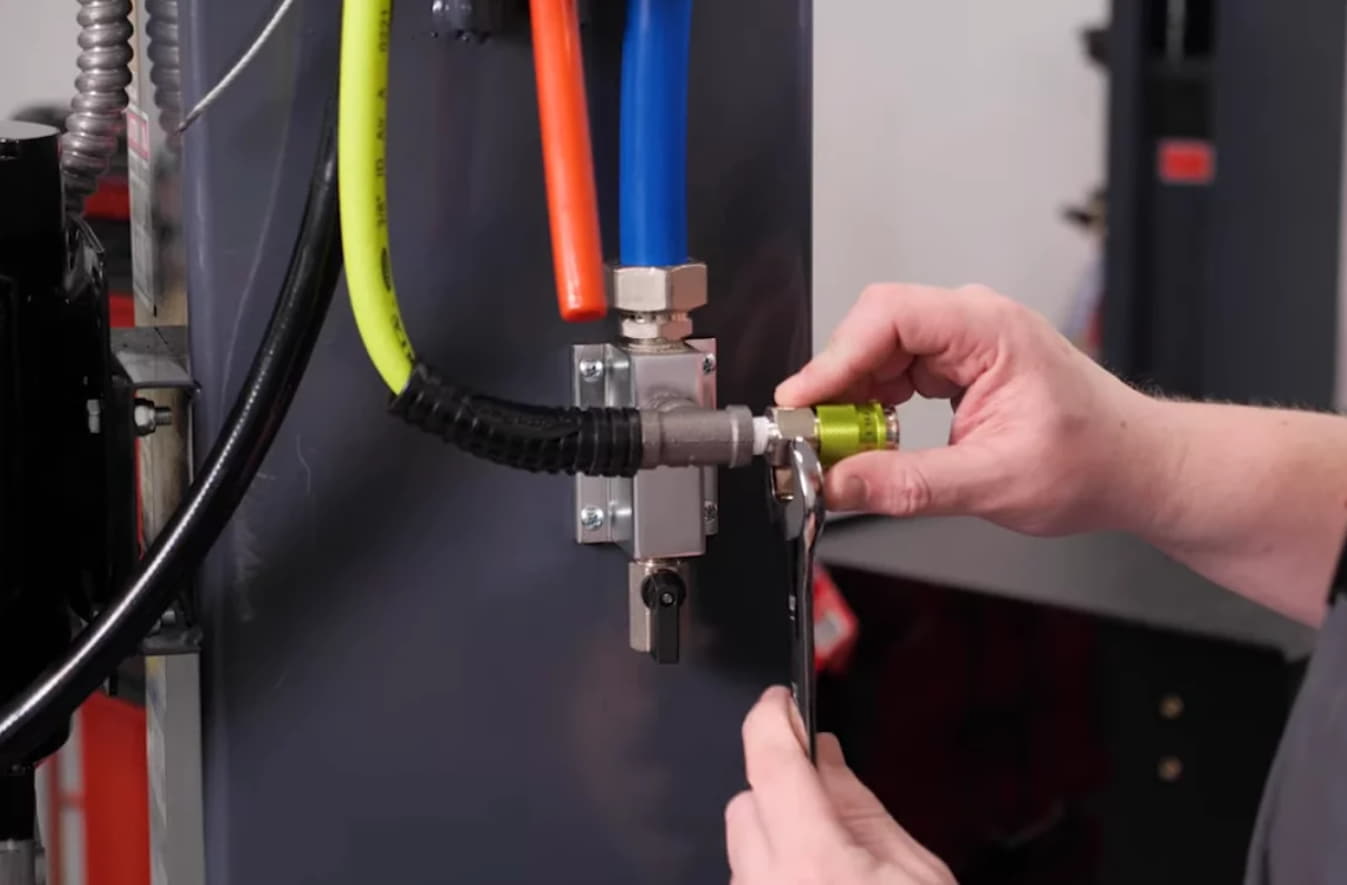To avoid significantly impacting your workplace, addressing comfort is an essential part of air compressor installation. Compressor-derived noise pollution can significantly impact the working environment, affecting the well-being and performance of employees. Let’s address some noise reduction techniques for your installations.
The Unwanted Impacts of Compressor Noise
Prolonged exposure to high noise levels can lead to hearing damage and stress-related health issues. Moreover, the constant racket can disrupt concentration, reduce productivity, and leave employees feeling exhausted.
Assessing Noise Levels and Regulations
Utilize professional sound level meters to measure and assess noise levels in your compressor installation. Equally important is comprehending relevant noise regulations and standards. Compliance ensures a safer, healthier, and more peaceful work environment.
Locating and Isolating the Air Compressor
Strategically positioning your air compressor can significantly minimize noise propagation. Isolating the compressor through enclosures or dedicated rooms can significantly diminish noise transmission. These straightforward measures can create a quieter workspace and foster employee focus.
Vibration Isolation
Noise often travels through structural vibrations. Counter this by employing vibration isolation techniques. Consider utilizing isolation mounts or vibration-absorbing materials to dampen vibrations before they reach your ears. This is a practical and effective means to silence your compressor.
Soundproofing Solutions
To absorb and block sound waves effectively, contemplate the installation of acoustic barriers or panels. Specialized soundproof enclosures or cabinets tailored for air compressors can also prove invaluable. These solutions provide an additional layer of protection against the incessant hum.
Maintenance and Lubrication
Consistent maintenance and proper lubrication play a pivotal role in reducing noise stemming from wear and tear. Neglecting maintenance can transform your air compressor into a noisy contraption. Abide by maintenance guidelines to ensure a quieter and more efficient operation.
Silencing Intake and Exhaust Noise
Do not overlook the intake and exhaust aspects. Intake silencers or mufflers can attenuate noise during air intake, while exhaust silencers can mitigate noise during compression release. These minor adjustments can yield significant noise reduction benefits.
Upgrading to Quieter Air Compressors
If noise remains an issue despite your best efforts, it might be time to contemplate upgrading to quieter air compressor models. Modern, energy-efficient air compressors are purposefully designed to reduce noise emissions. Investing in these models not only curtails noise but also contributes to long-term energy and cost savings.
Conclusion
Noise reduction in air compressor installations is about creating a healthier, more productive workspace. By implementing these practical techniques, you can substantially mitigate noise pollution in your workplace. Remember, a quieter environment leads to happier, more focused employees—a win-win for everyone involved.

 Home
Home







